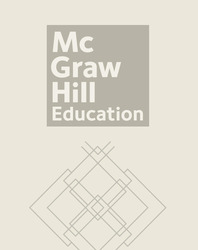1.
A) acquisition B) merger C) chain store D) homogenation 2.
A) hole pin tickets B) hanging tickets C) button tickets D) ringseal tickets 3.
A) pull policy B) push policy C) retailing strategy D) product/service mix 4.
A) premarking B) unit pricing C) bundle pricing D) nonmarking 5.
A) overerr B) undererr C) point-of-sale error D) audit error 6.
A) tangible product B) goods with an accompanying service C) service with accompanying goods D) service only 7.
A) soft line products B) emergency products C) staples D) homogenous products 8.
A) point-of-sale terminal B) UVM reader C) unit controller D) UPC reader 9.
A) $22,000 B) 4.30% C) 23% D) 4.50% 10.
A) durable goods B) textile merchandise C) convenience items D) shopping items





